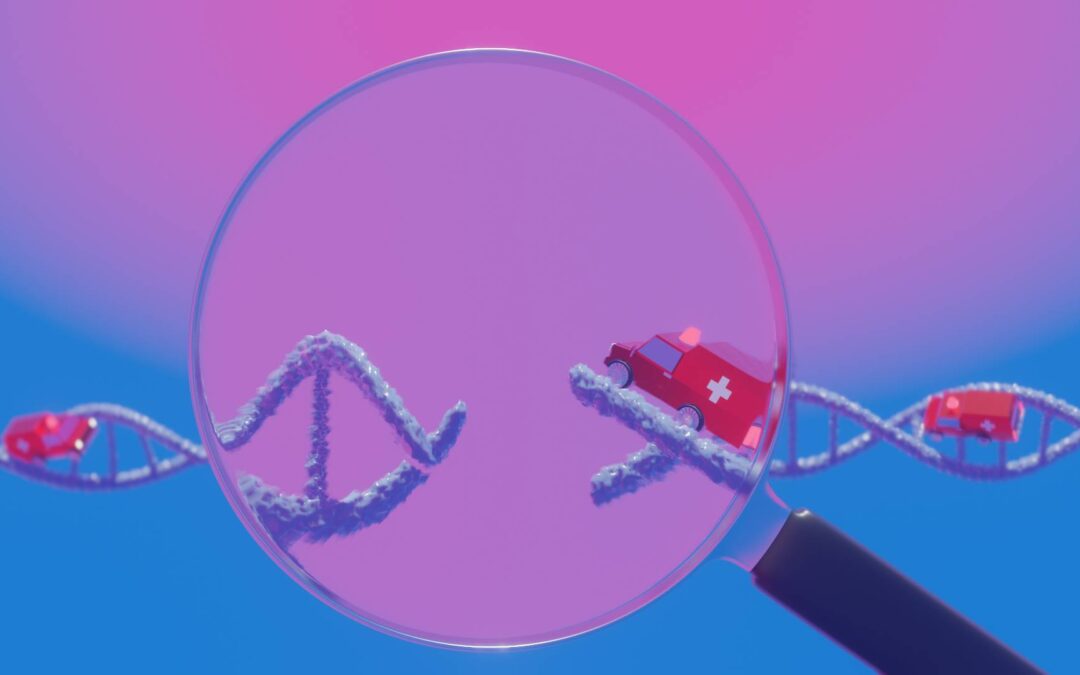Now, research from the laboratory of Princeton’s Britt Adamson, conducted together with collaborators led by Jonathan Weissman at MIT and Editas Medicine, details a novel method called Repair-seq that reveals how genome editing tools work. “We’ve known for a long time that the mechanisms involved in fixing broken DNA are essential for genome editing because to change the sequence of DNA you first have to break it,” said Adamson, senior author on the study and assistant professor in the Princeton Department of Molecular Biology. “But those processes are incredibly complex and thus often difficult to untangle.” To repair DNA, cells use many different mechanisms, each involving several genes working together in distinct pathways. Repair-seq allows researchers to probe the contribution of each of these pathways to DNA repair by profiling how observed mutations change when one of these factors is removed — and to do this for hundreds of genes simultaneously. To read the full story.

